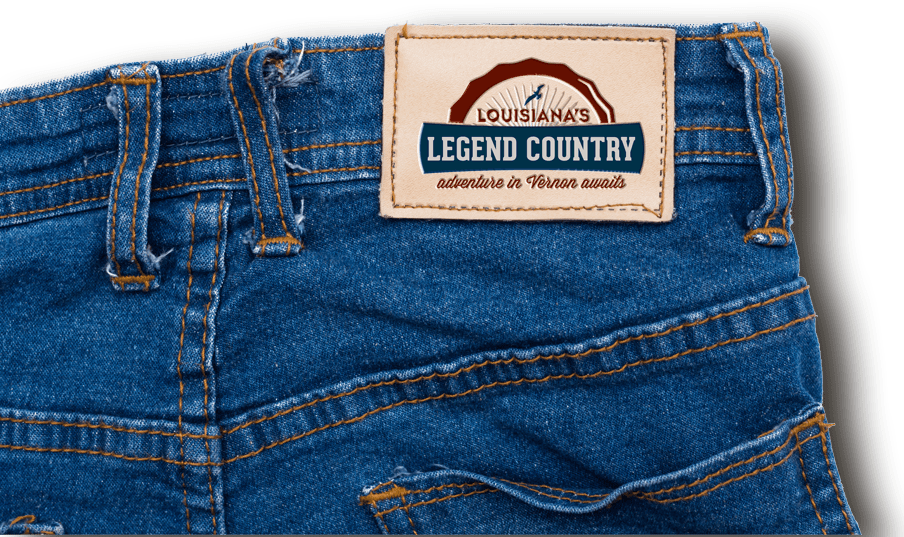History
Vernon Parish, has a long, adventurous history that we love to share with visitors. Read about our history and visit for a first-hand look at Louisiana’s Legend Country!
Neutral Strip
After France sold their Louisiana territory to America, arguments between Spain (who controlled the land that is now Texas) and the United States began immediately. Spain claimed that their “Texas” territory reached all the way to the Arroyo Hondo (roughly located at the Calcasieu River) and the U.S. felt their territory should reach all the way to the Sabine River. This left a wide swath of land which was claimed by both countries.
While their governments argued the matter, military leaders on both sides made an agreement that neither side would allow settlers or military expeditions into the disputed land. The area came to be known as the “Neutral Strip”, the “Neutral Territory”, the “Bad Lands”, or “No Man’s Land” because of this informal pact.
Despite this agreement, settlers did move into the area — some came to escape societal persecution. Others were runaway slaves, deserters from both armies, and criminals in large numbers, who found the ungoverned territory to be a haven from the law. Throngs of highwaymen made travel through the area dangerous and for many years travelers and settlers avoided the area. After 16 years, the 1819 Adams-Onis Treaty finally settled the matter, placing the border at the Sabine River, and new settlements sprang up quickly.
A New Parish
During the early 1800’s settlers continued to move in, mostly subsistence farmers who hunted for meat, grew their own gardens, and gathered what they could to provide for their families. Some cash crops were grown, but getting them to market proved to be difficult. Some steamboats traveled up the Sabine River, and both brought goods to the area and carried them to market. Early loggers also used the river for floating their marked logs downstream to the big sawmills in East Texas. Traveling on the Sabine was tricky, however. It could only be done during the rainy season and even then, the boats often got stuck in the shallow water.
By 1871, population in the area had grown and John R. Smart, who had served in the Louisiana House and Senate both before and after the Civil War, introduced the act to create Vernon Parish from parts of Natchitoches, Rapides, and Sabine Parishes. For his efforts, he became known as the “Father of Vernon Parish”.
Several stories surround the naming of the parish, although none can be proven. The most widely accepted is that it was in honor of Mt. Vernon, the home of George Washington.
Lumber is King
After the Kansas City Railroad arrived in 1896, lumber merchants flocked to Vernon Parish. They bought thousands of acres of prime virgin timberland at rock-bottom prices and built their own company towns where their employees could live. These towns usually had commissaries, hotels, movie theaters, train depots and sometimes even electricity and ice houses.
To facilitate getting the timber to the mill, lumber companies built their own railroad spurs that ran into the forest. Railroad cars would transport workers to the cutting site every morning, haul trees to the mill all day, then carry the men home in the evening.
But the trees couldn’t last forever, and one by one the mills, and the towns attached to them, disappeared, leaving behind only the cut-over lands, with their abandoned railroad tracks and the occasional engine as reminders of what once was.
In 1939, with war looming on the horizon, US military leaders searched for a place to hold large-scale maneuvers where they could test their new weapons against the old. More than 3,400 square miles in north and west central Louisiana, as well as a large section of east Texas was chosen because of the sparse population.
Camp Polk was established during these Great Louisiana Maneuvers and continued to be used for training throughout the war. When the war ended, the camp closed, but it re-opened from time to time, whenever the military wanted to use it for training. In 1962, Fort Polk was re-opened and has remained in continuous operation ever since. Today it is home to the Joint Readiness Training Center.
Vernon Parish Today
Vernon Parish today, continues to be a haven for those who love the outdoors. Large tracts of both developed and primitive forests are available for hiking, biking, birding, hunting, fishing, camping, and so much more.
History buffs will enjoy the many historical sites scattered throughout the parish, such as the New Llano Colony, the Museum of West Louisiana, and the Fort Polk Military Museum.
Additional information can be found through the Vernon Parish Historical and Genealogical Society – 190 Lakeshore Dr., Leesville, LA – 337-239-0537
In Leesville you’ll find luxurious accommodations, fantastic restaurants, and unique shopping opportunities, as well as a variety of entertainment options.




